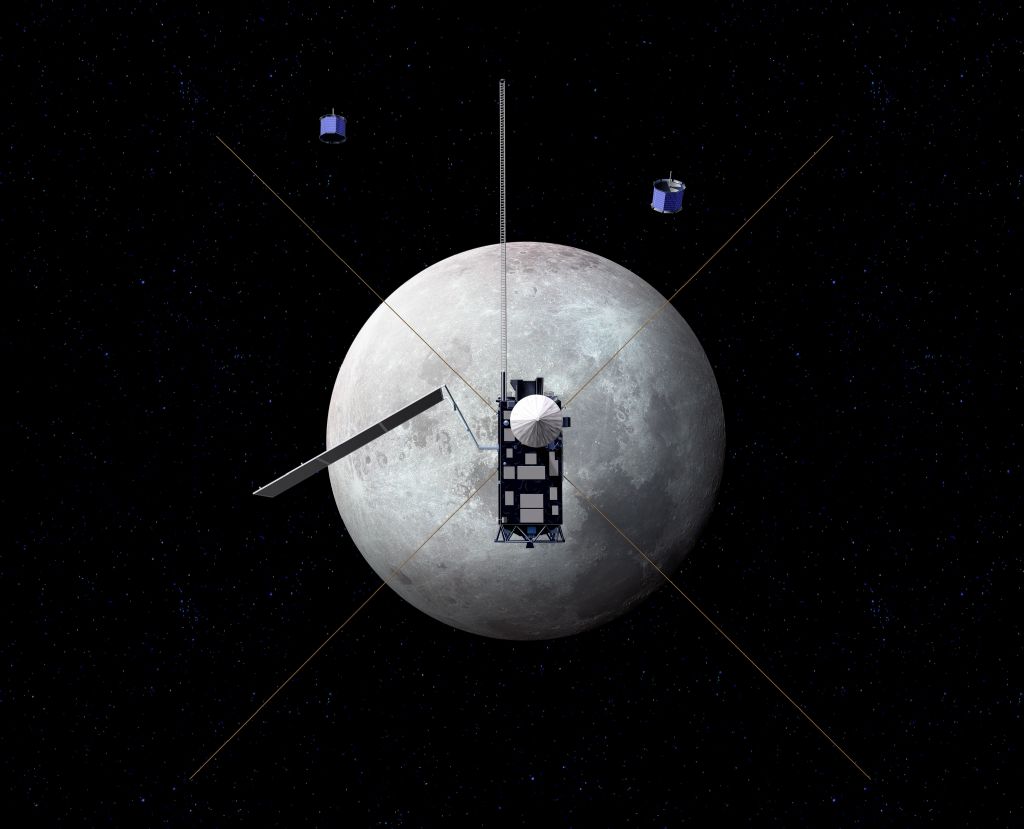

NASA helps out by putting a giant arrow on each photo. ``You could actually see the descent module sitting on the surface.''īut that's only if you know where to look. For the first time, photos from space pinpoint equipment left behind from the Apollo landings, and even the well-worn tracks made by astronauts on the moon surface. ``It was really great to see the hardware sitting on the surface, waiting for us to come back,'' said Arizona State University scientist Mark Robinson, who runs the camera on the orbiter. New NASA photos of the moon show leftovers from mans exploration 40 years ago. Artist Converts Lunar Photos into 4-Hour Real-Time Orbit Around the Moon Jaron Schneider Astronomical filmmaker Seán Doran has processed the multitude of images captured by the. A picture of the Apollo 11 site shows the Eagle lunar module used by Neil Armstrong and Buzz Aldrin. The photos were released on Friday, in time for the 40th anniversary of the first moon landing on July 20, 1969.
Japan moon orbiter photos apollo tv#
The images are from the Lunar Reconnaissance Orbiter, which was launched last month and now circles the moon in search of future landing sites. In September of 2007, Japan launched its Kaguya (Selene) lunar orbiter that was equipped with two high-definition TV cameras which it used to capture photos and videos of the moon. New NASA photos of the moon show leftovers from man's exploration 40 years ago.įor the first time, photos from space pinpoint equipment left behind from the Apollo landings, and even the well-worn tracks made by astronauts on the moon surface. The workhorse probe is currently on an extended mission through at least September 2012.įollow for the latest in space science and exploration news on Twitter and on Facebook. Now we can relive the astronauts' experience, thanks to data from NASA's Lunar Reconnaissance Orbiter. On December 24, 1968, Apollo 8 astronauts Frank Borman, Jim Lovell, and Bill Anders became the first humans to witness the Earth rising above the moon's barren surface. The $504 million car-sized spacecraft first captured close-up images of the Apollo landing sites in July 2009, which revealed new details about the sites and even spotted hardware that was left behind on the lunar surface. Forty years after the Apollo 11 voyage to the moon, NASA released photographs from the new Lunar Reconnaissance Orbiter spacecraft Friday showing five of the six Apollo landing sites. Source: NASA's Scientific Visualization Studio. Although the moon is Earths closest neighbor. The distance from the camera to the lunar module and rover is about 10 metres, and the. Also, it turns out that the Clementine spacecraft snapped a distant picture of the Apollo 15 landing site as far back as 1994. The LM with Jim standing at the rear of the rover the Apennine front and the crater St. China's Chang'e 2 lunar orbiter has imaged Apollo equipment on the surface, according to chief scientist Yan Jun. This topographic map shows the surface shape and features over nearly the entire moon with a pixel scale close to 328 feet. Astronaut Dave takes a few panorama images in EVA-1 near the LM, AS15-86-11601 and AS15-86-11602.

The Lunar Reconnaissance Orbiter has been in orbit around the moon since June 2009. NASAs Lunar Reconnaissance Orbiter science team released the highest resolution near-global topographic map of the Moon ever created to date. LRO has captured images of other Apollo landing sites before, including fascinating pictures that show tracks left by the Apollo 17 astronauts and their lunar rover. The samples showed that this region of the moon was once the site of volcanic activity, and that thin flows of lava had once flowed where Armstrong and Aldrin had roamed. The Apollo 11 astronauts returned valuable rock samples from the Sea of Tranquility landing site that revealed the moon's fiery past for the first time. Later, during Apollo 12 and 14, the astronauts were given more time to spend on the surface, and on the Apollo 15, 16 and 17 missions, the crews were equipped with a Lunar Roving Vehicle that enabled them to explore beyond the landing site. Interestingly enough, their tracks cover less area than a typical city block, according to NASA officials. The new image also clearly shows how restricted Armstrong and Aldrin were in their exploration of the area.


 0 kommentar(er)
0 kommentar(er)
